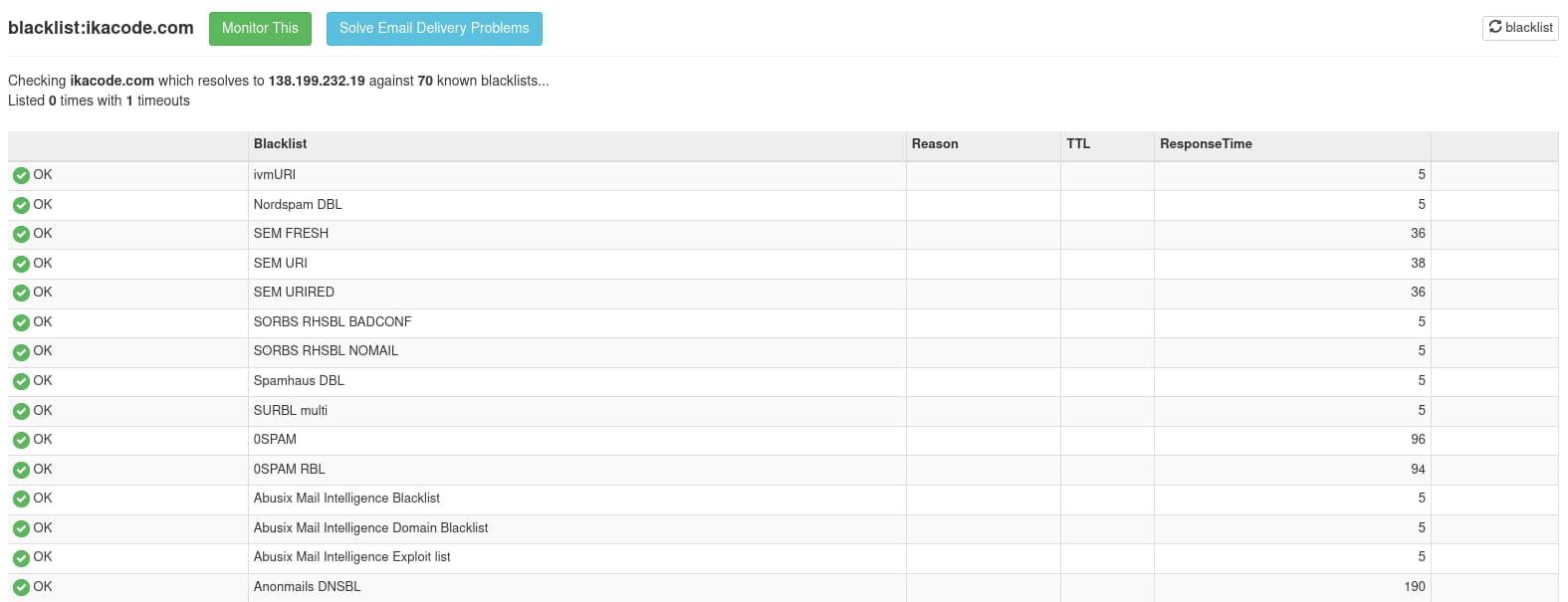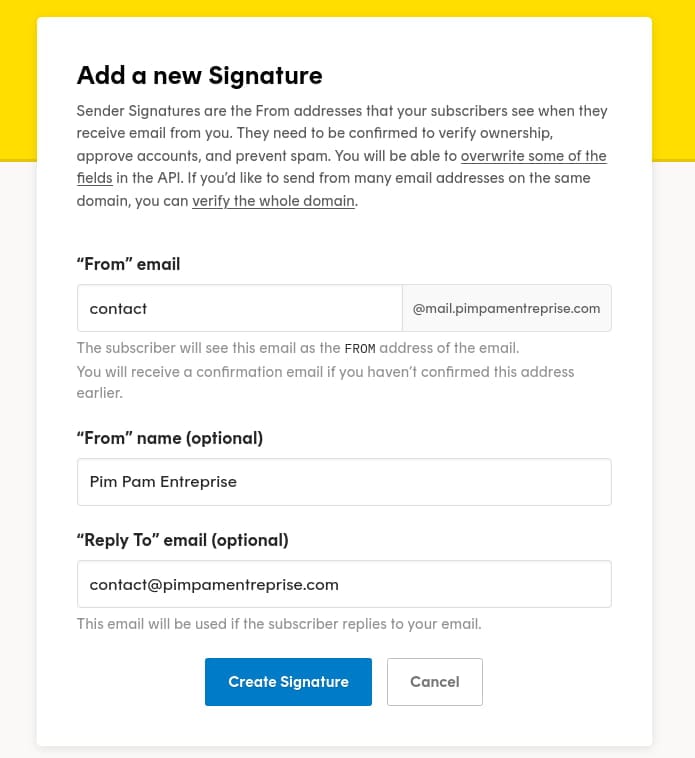Transactional and marketing emails: definitions
You’re no doubt familiar with classic, old-fashioned emails, like when you send a message to a colleague to remind them of the next day’s meeting, or to your cousin to wish them a happy birthday.
When you have an online digital service, or communicate online, you generally need to send two other types of message.
What is a transactional email?
A transactional email is an email that is sent automatically, without your intervention, following a particular process. Typically, on a website, a password reset email, an order confirmation email or a contact form submission email are very common transactional emails.
What characterises these emails is that they are programmed in advance to be triggered in response to specific actions (triggers).
The aim of a transactional email is not to sell anything, or to convince anyone, and it should be short and succinct, with no frills.
What is email marketing?
As the name suggests, the aim of email marketing is to sell, or at any rate to build a commercial relationship with a customer. The typical example is a weekly newsletter that has been subscribed to in advance.
Marketing campaigns, such as promotions, temporary commercial announcements or sales tunnels with automated communication over time, use marketing emails.
A marketing email is therefore not sent following a specific trigger (at least not in the same way as a transactional email), but according to the communication/sales team’s planning.
Another big difference is that a marketing email can more easily be perceived as undesirable than a transactional email, which is what is generally expected. A marketing email must allow its recipient to unsubscribe with one click, whereas a transactional email is not subject to this (as it is not subject to registration).
Why choose a dedicated address for your transactional and marketing emails?
You want at all costs to avoid ending up in your recipients’ junk folder. Or even not arriving in their inbox at all.
To avoid this worst-case scenario, a number of precautions need to be taken.
The first is quite simple: you need to dedicate one email address to your transactional communications, and another to your marketing communications.
More specifically, you need to reserve domains for each of these channels.
This way, if one of these domains is compromised (i.e. categorised as spam), you can easily change it and continue your communications (taking extra care to maintain its reputation this time!).
How do I set up reserved email domains?
Check the blacklist flags for your domain
You can start by checking that your main domain still enjoys a good reputation.
This is something you should always do before buying one, in case the previous owner used it for the wrong purposes.
Go to https://mxtoolbox.com/blacklists.aspx and enter your domain name, e.g. pimpamentreprise.com (don’t look it up, I just made that name up).
You should have everything in green. And you want to keep it that way, which is why we’re going to use other domains for our transactional and marketing communications.

Choose the sending domains
For the sake of simplicity and clarity for your recipients, I recommend that you use sub-domains of your main domain.
For example, your transactional emails can be sent from an address @mail.pimpamentreprise.com and your newsletters and other marketing emails from an address @news.pimpamentreprise.com.
For example, you could send your newsletters from info@news.pimpamentreprise.com and your transactional emails from contact@mail.pimpamentreprise.com.
The idea is never to send transactional or marketing emails from your main domain.
If you receive repeated reports from recipients marking you as spam, your domain could be blacklisted.
Not only will your future marketing communications suffer, but so will your transactional emails, and even the everyday emails you write yourself!
And it’s not always easy or quick to recover your original reputation, which is why you need to preserve your main domain!
Make sure you can receive answers
You may be thinking that it’s going to be complicated to manage all these new mailboxes.
The good news is that you don’t need to create a new mailbox.
These email addresses are only used to send your transactional and marketing emails, using a reliable third-party SMTP sending service.
On the other hand, you don’t want anyone trying to contact you using these new addresses and the email not reaching you!
There are two things you can do to avoid this
- Set up the “Reply-to” to your main communication address (for example contact@pimpamentreprise.com).
- Register your sub-domains as aliases of your main domain, so that if someone sends a message to contact@news.pimpamentreprise.com, it ends up in contact@pimpamentreprise.com. Depending on your choices, you will also need to create the necessary email aliases for everything to work properly.

To sum up, the first step in avoiding being considered a spammer
Defining domains reserved for sending your transactional and marketing emails is a great first step in your strategy to avoid being considered a spammer.
But this is just the beginning.
You still need to configure your domains and SMTP servers properly, with the right DMARC, SPF and DKIM registrations, regularly monitor and clean up your mailing lists, etc, to guard against any risks.
That will be the subject of another article!





